In the golden age of American muscle, bigger was often considered better. The streets and drag strips of the late 1960s rumbled with the thunder of massive big-block V8s, each boasting ever-larger displacements in a race for brute power. But in 1969, Chevrolet’s Camaro Z/28 proved that finesse could outgun force. Armed with a high-revving 302-cubic-inch small-block and a chassis tuned for road racing, the Z/28 didn’t just survive in the land of giants—it outperformed them. This article dives into how the ’69 Z/28 used balance, precision, and purpose-built engineering to challenge—and often beat—cars with far more under the hood.
Engineering Precision: The Heart of the Z/28
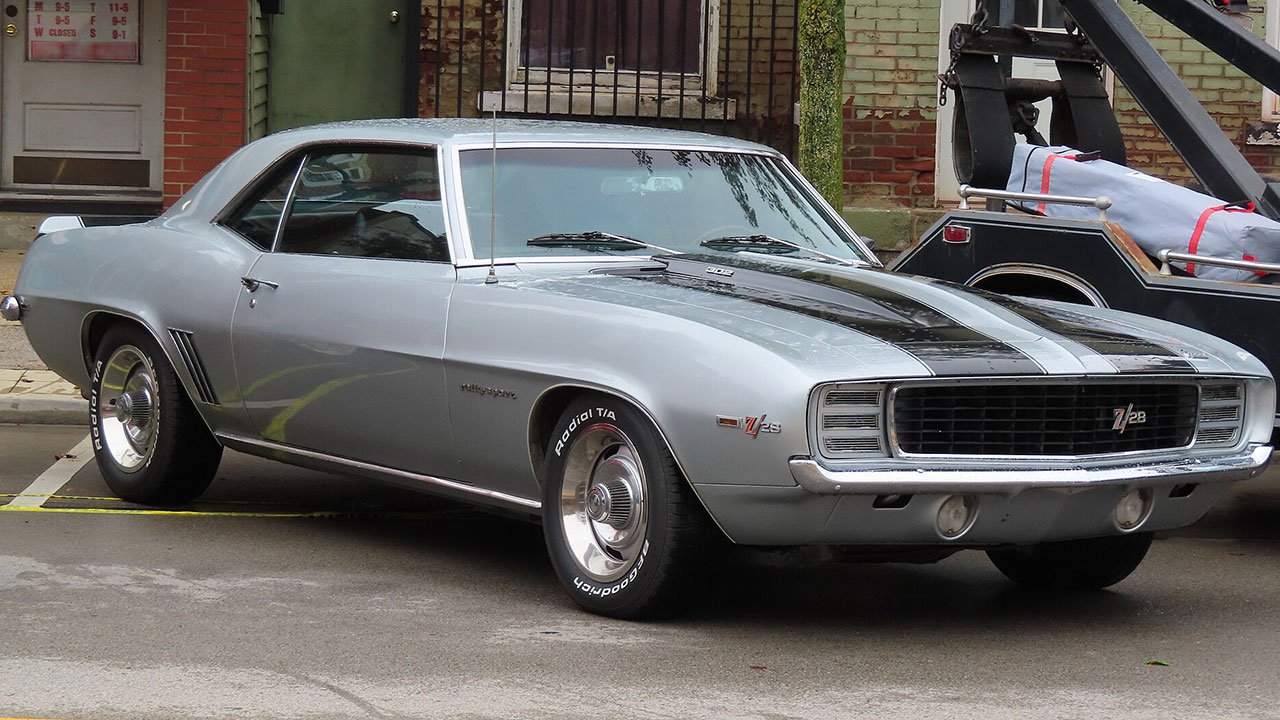
At the core of the 1969 Camaro Z/28 was an engine that embodied engineering precision. The 302 cubic-inch V8 was a marvel of design, perfectly balanced to deliver power that belied its size. This engine was the result of a collaboration between Chevrolet and the Trans-Am racing series, which required engines no larger than 5.0 liters. This limitation pushed engineers to create an engine that could produce high horsepower without relying on displacement.
The success of the Z/28’s engine lay in its advanced components, such as solid lifters and a high-revving camshaft. These features allowed the engine to perform exceptionally well on the track.
Lightweight Design: A Competitive Advantage
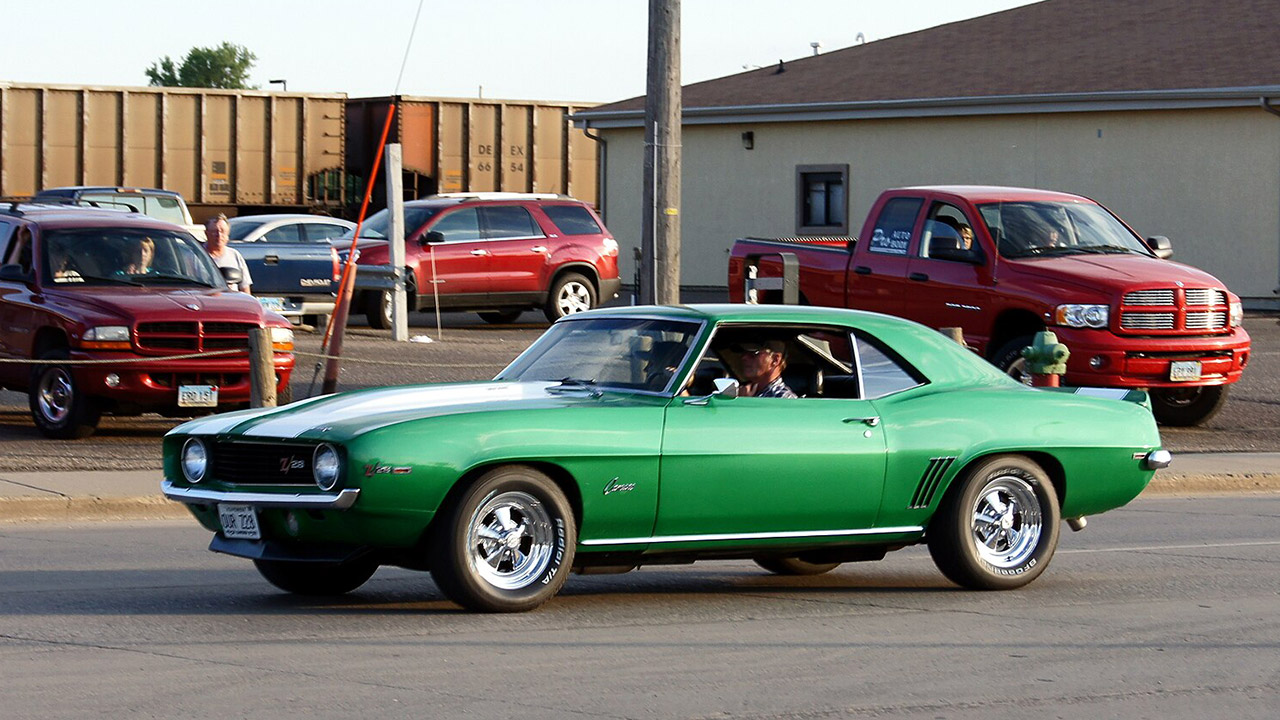
The 1969 Camaro Z/28 was designed with a focus on weight reduction, a strategic move that gave it a competitive edge. By keeping the car’s weight down, Chevrolet ensured that the Z/28 could accelerate quickly and handle more responsively. This was achieved through the use of lighter materials and a stripped-down interior that prioritized performance over luxury.
With less weight to carry, the Z/28 could make the most of its engine’s power, effectively leveling the playing field against larger and heavier muscle cars. This lightweight design was a crucial factor in the Z/28’s ability to outperform its competition on the racetrack.
Racing Pedigree: Born for the Track
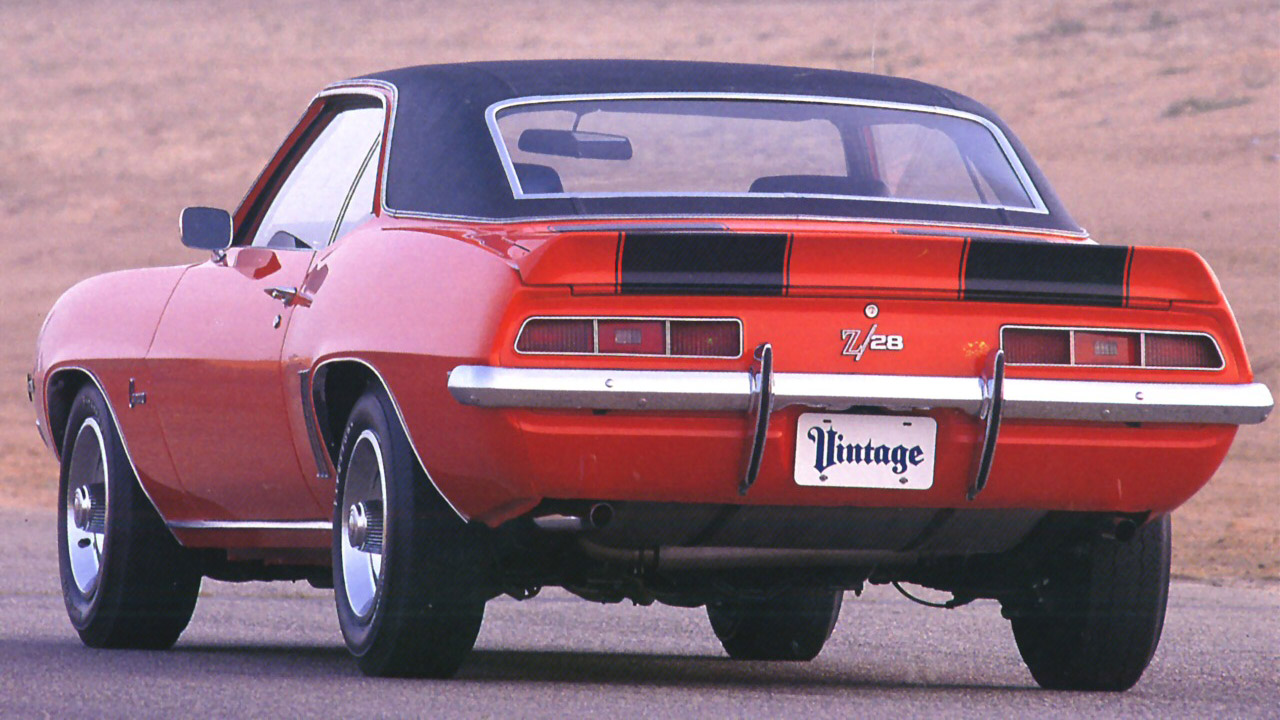
The 1969 Camaro Z/28 was inherently linked to its racing heritage, having been designed to meet the demands of the SCCA Trans-Am series. This pedigree meant that every aspect of the car was optimized for performance on the track. From its engine to its suspension, the Z/28 was built to race.
Its racing success is well documented, with the Z/28 frequently outperforming cars with much larger engines. The combination of a high-revving engine and superior handling made it a favorite among racers and enthusiasts alike.
High-Revving Performance: The Power of Small Displacement
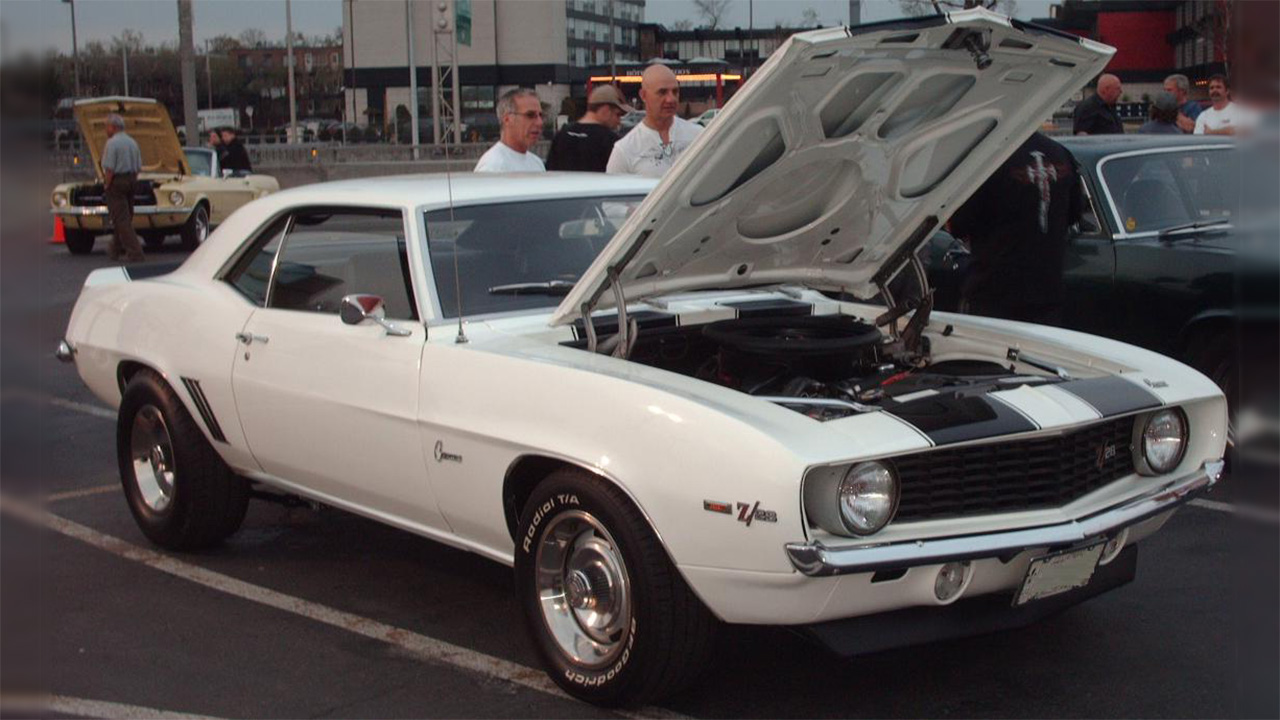
The Z/28’s 302 engine was designed to rev high and hard, delivering power at the top end of the RPM range. This was a stark contrast to the larger, more torquey engines of its competitors. By focusing on high-revving capability, the Z/28’s engine could maintain power output at higher speeds, which was particularly advantageous in racing scenarios.
This small but mighty engine became a defining feature of the Z/28, earning it a reputation for being able to keep up with, and often exceed, the performance of cars with much larger engines. The engine’s ability to produce significant horsepower from a small displacement was a testament to the engineering prowess of the team behind the Z/28.
Handling and Suspension: Mastering the Curves
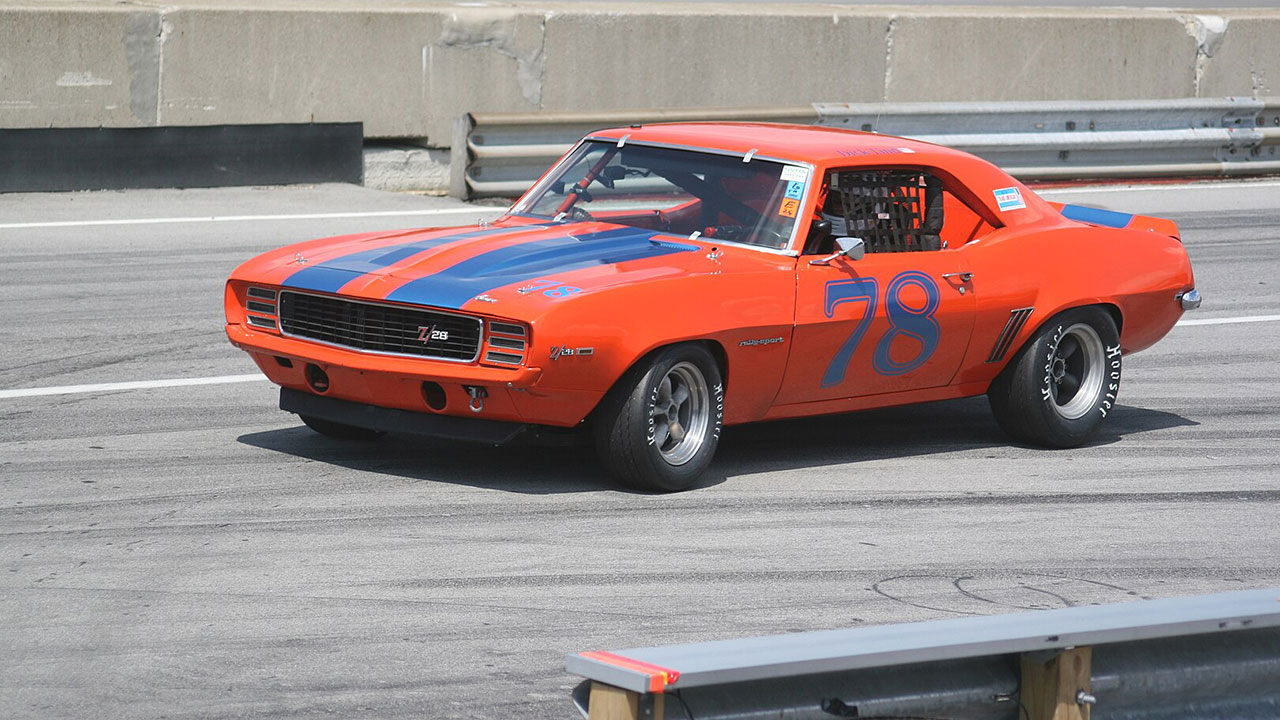
The 1969 Camaro Z/28’s handling was a key component of its success on the track. Equipped with a specially tuned suspension, the Z/28 was able to navigate corners with precision and agility. This superior handling capability was due in part to the car’s lightweight design and low center of gravity.
The Z/28 featured performance-oriented components such as stiffer springs and larger sway bars, which helped it maintain stability during high-speed maneuvers. These enhancements made the Z/28 not only a straight-line powerhouse but also a car that could expertly handle the twists and turns of a racing circuit.
Innovative Technology: Ahead of Its Time
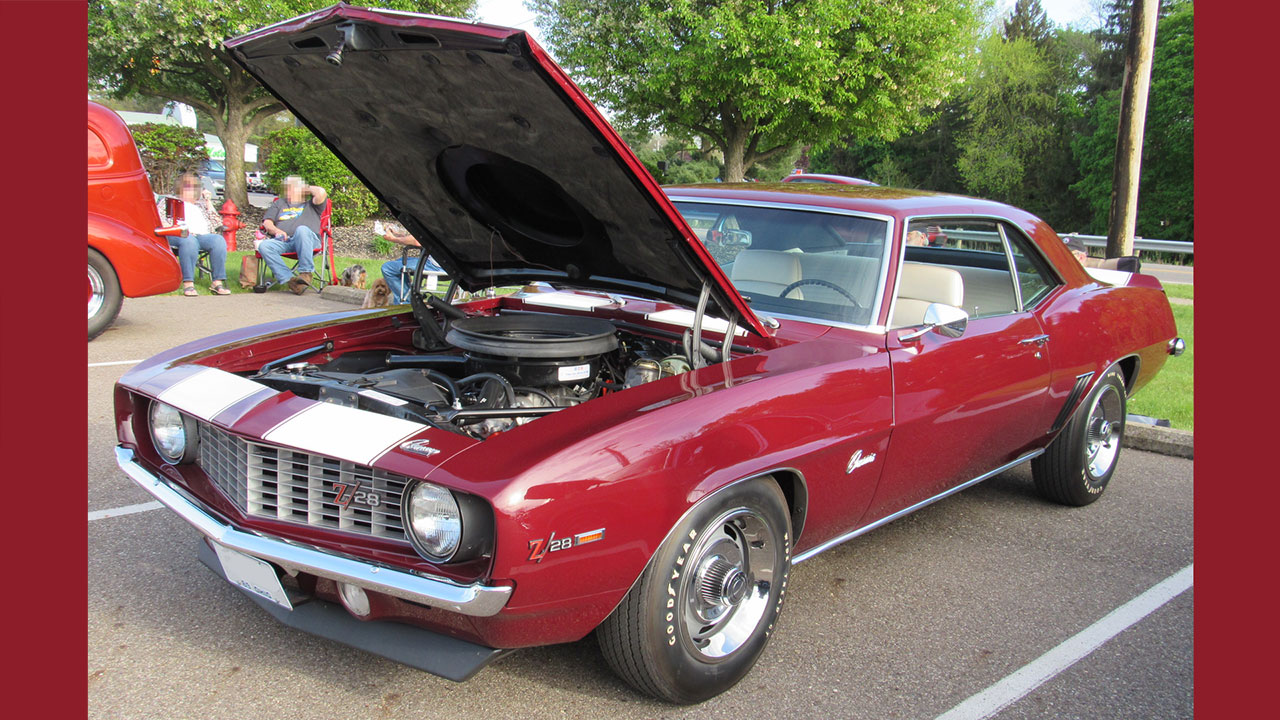
In many ways, the 1969 Camaro Z/28 was ahead of its time, incorporating innovative technology that set it apart from its contemporaries. From its advanced engine components to its performance-focused suspension, the Z/28 was a showcase of what was possible with the technology of the day.
Chevrolet’s commitment to pushing the boundaries of automotive engineering resulted in a car that was not only fast but also reliable and efficient. The Z/28’s innovation extended beyond the engine bay, with features such as power-assisted front disc brakes becoming standard.
Aerodynamics: Cutting Through the Air
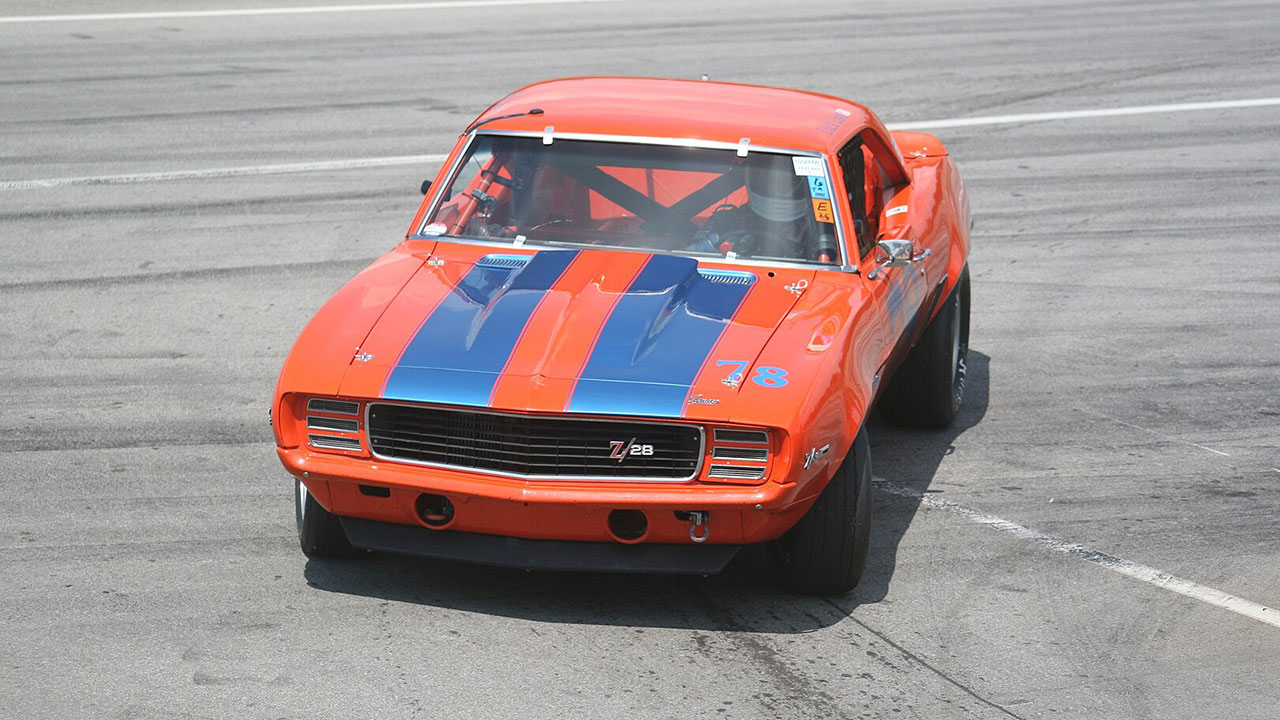
While the 1969 Camaro Z/28 might not have the sleek lines of a modern sports car, its design was still focused on optimizing aerodynamics. The car’s shape was carefully crafted to minimize drag and enhance speed, a crucial aspect of racing performance.
Features like the front air dam and rear spoiler were not just for show; they played a significant role in stabilizing the car at high speeds. These aerodynamic enhancements helped the Z/28 maintain its composure on the track, allowing it to cut through the air more efficiently than many of its bulkier rivals.
Legacy and Influence: Inspiring Future Generations
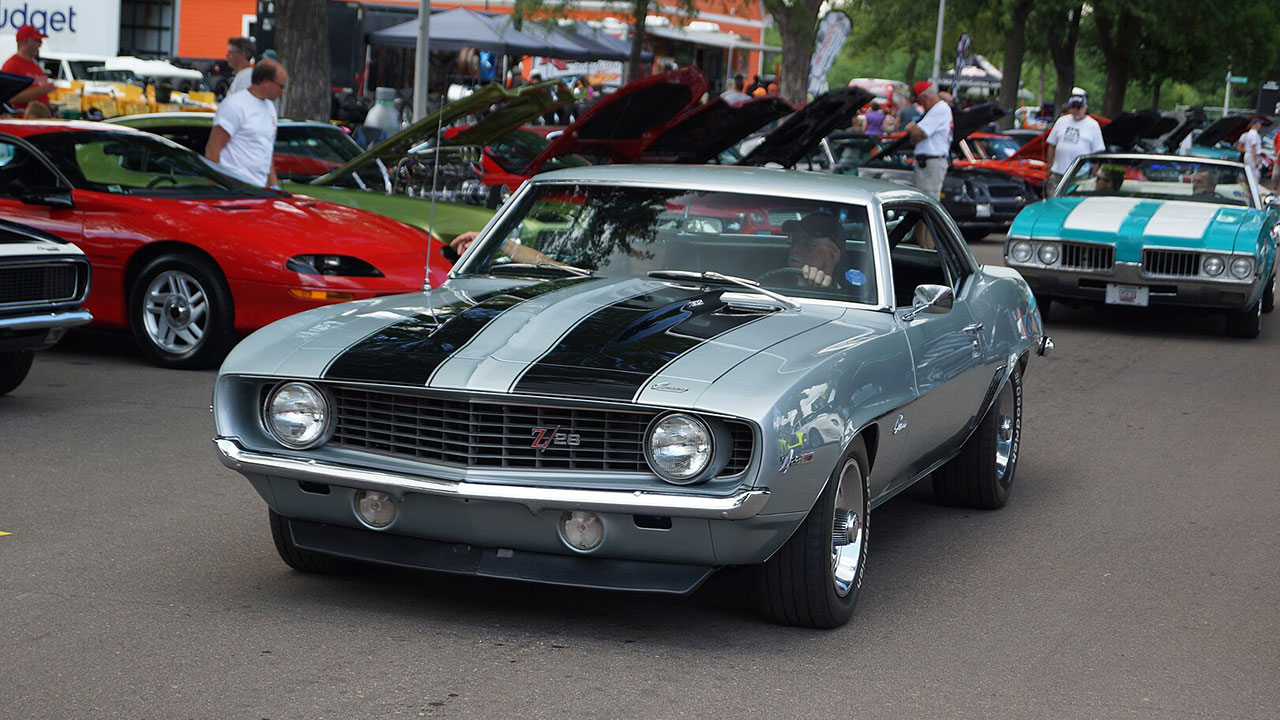
The legacy of the 1969 Camaro Z/28 extends far beyond its years on the track. Its influence can be seen in the generations of performance cars that followed, with many manufacturers adopting its focus on lightweight design and high-revving engines.
Enthusiasts and collectors continue to celebrate the Z/28 for its engineering excellence and racing heritage. The car’s impact on the automotive industry is undeniable, and its story continues to inspire new generations of car enthusiasts and engineers.
Like Fast Lane Only’s content? Be sure to follow us.
Here’s more from us:
*Created with AI assistance and editor review.

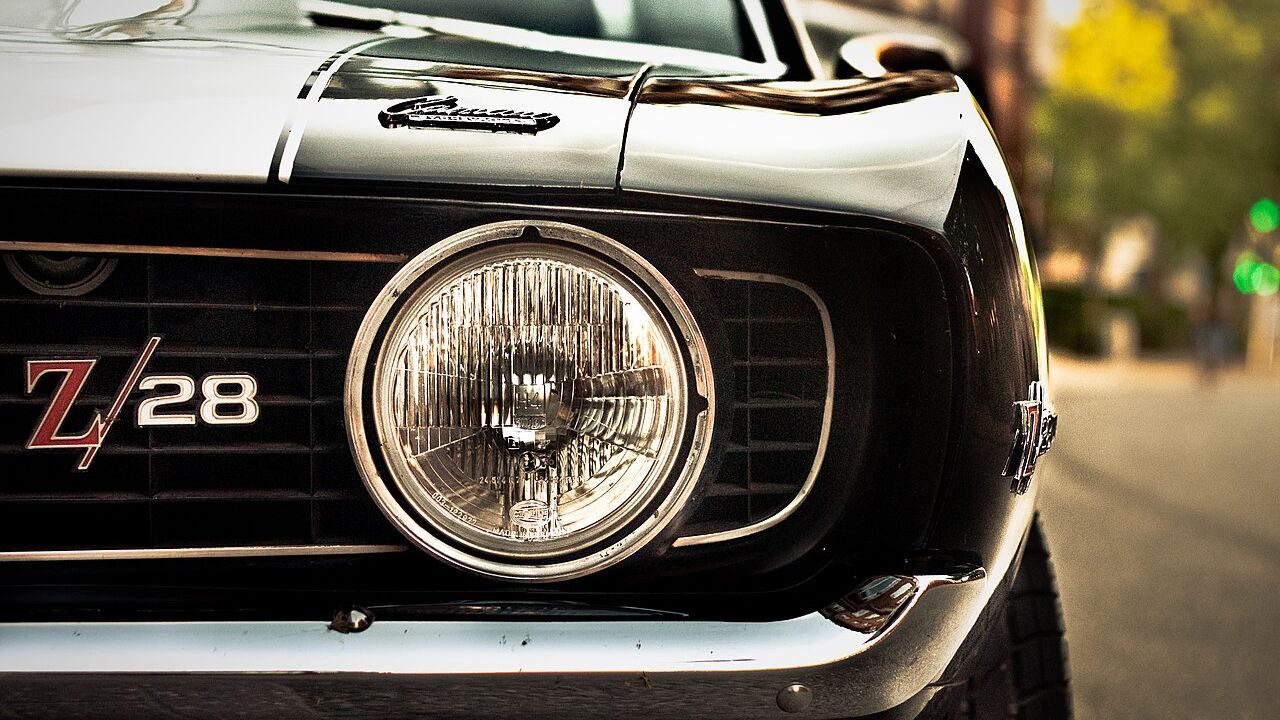
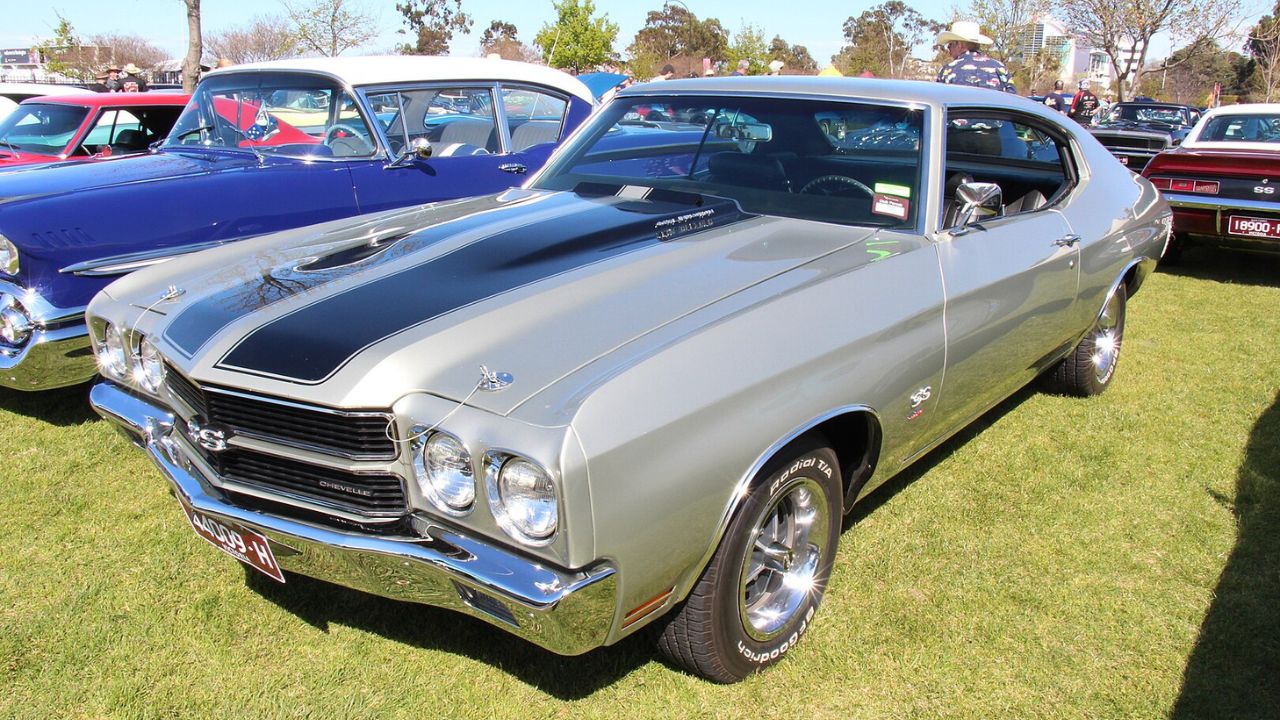
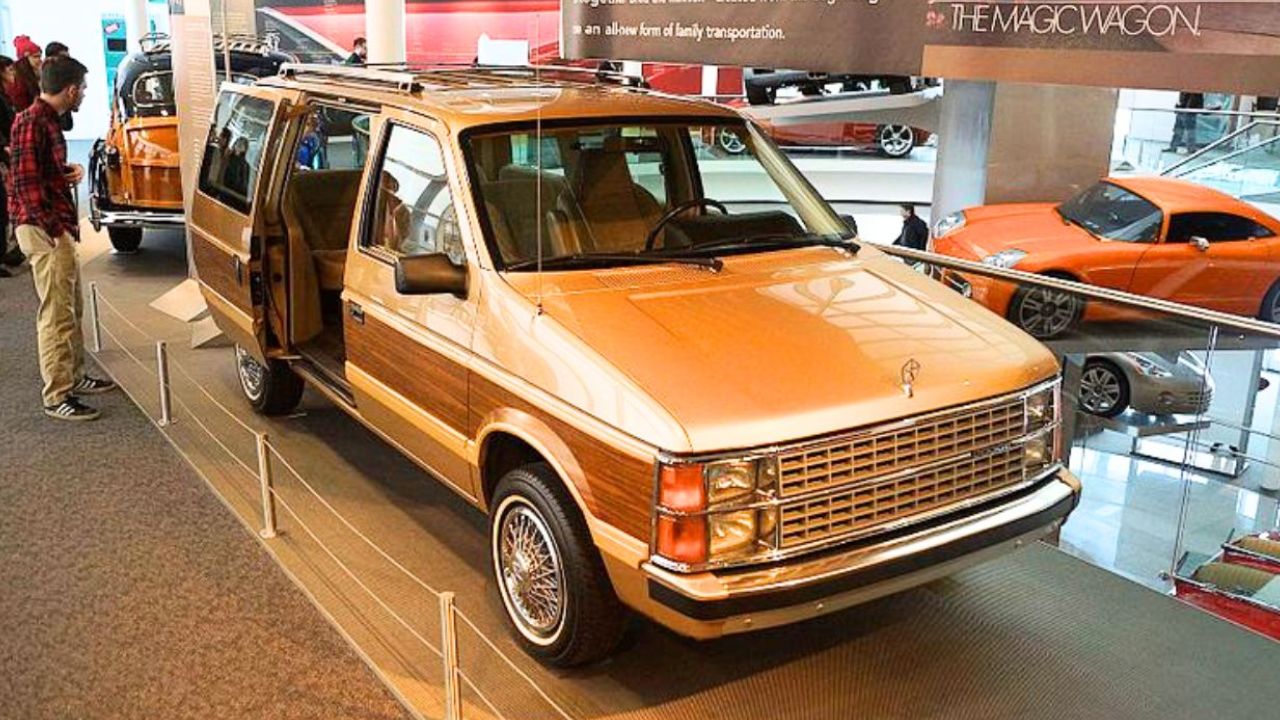
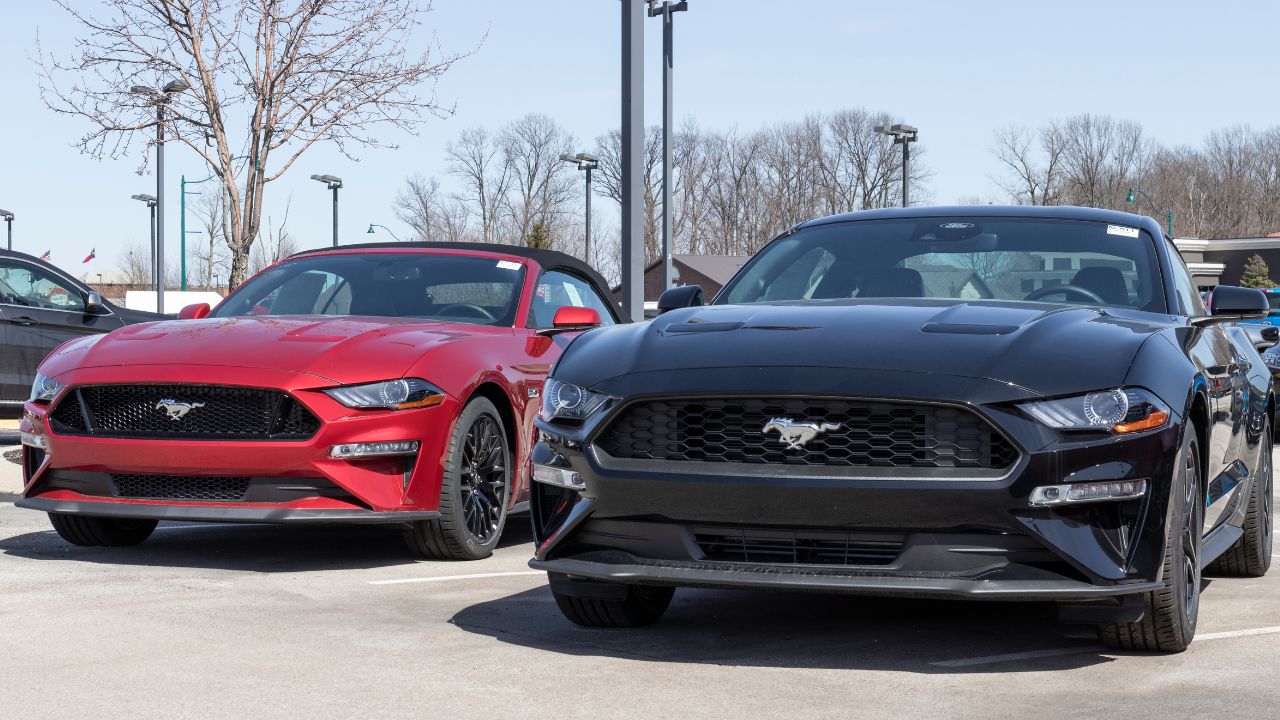

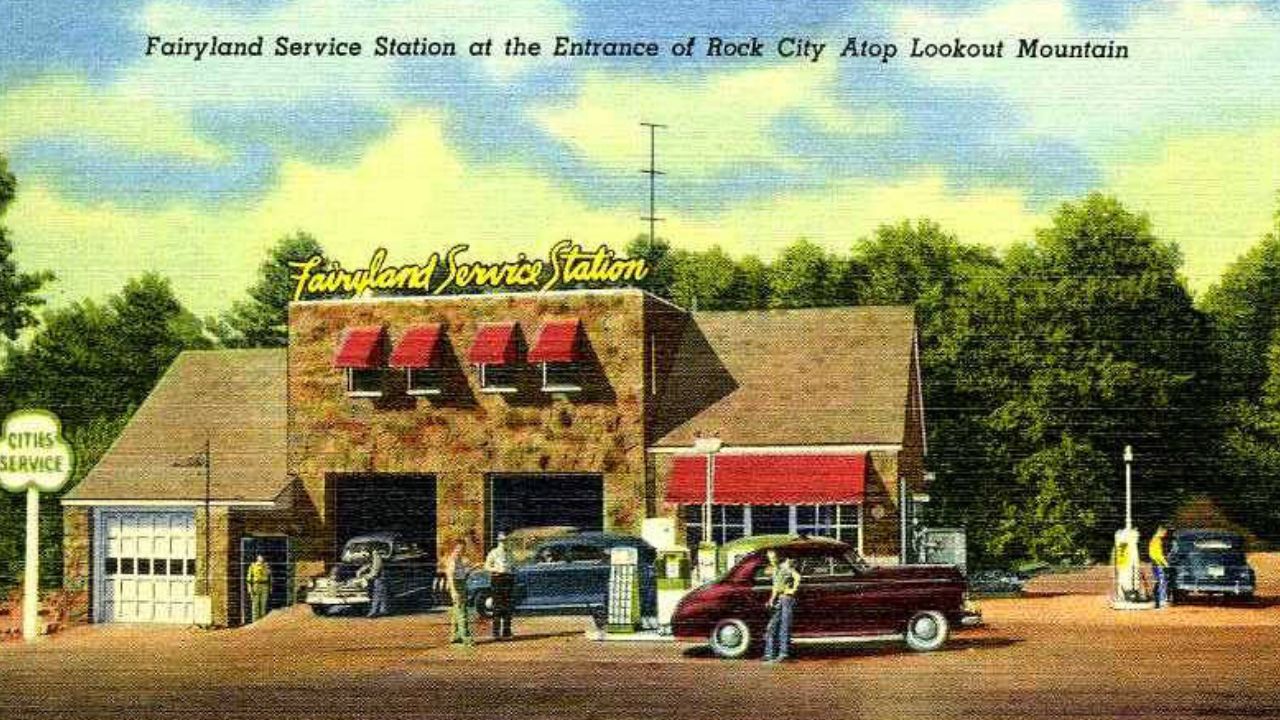
Leave a Reply